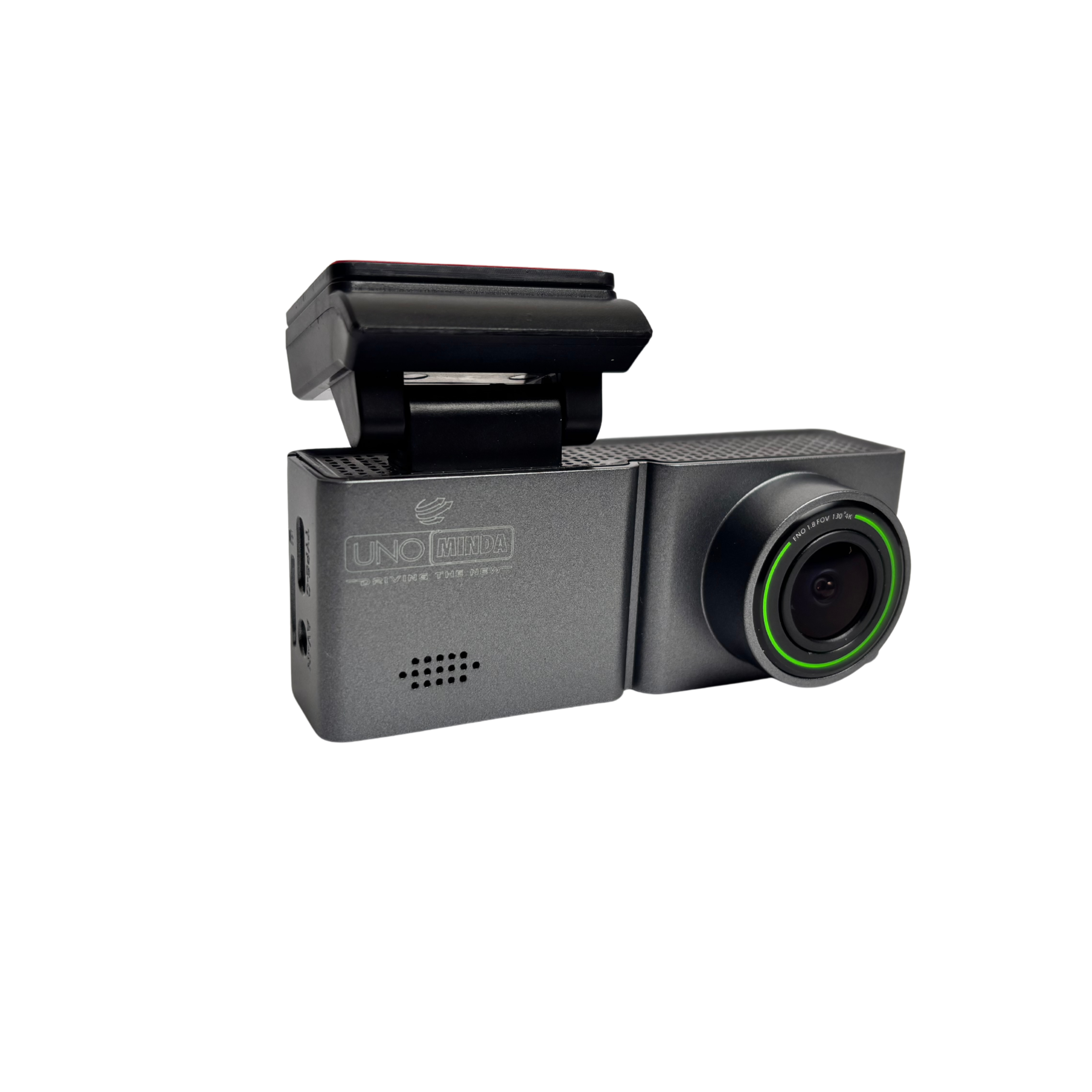Delphi Automotive recently sold its one millionth electronically scanning radar (ESR) globally – a key milestone as car makers meet growing customer demand for new technologies that improve safety.
Since its debut in 2009, Delphi’s ESR set the standard for long range automotive radar sensors. Key features were introduced in this radar, including multi-mode operation, digital beam forming, and a STAR-Pulse Doppler waveform that resulted in a new level of proficiency. Even with the industry adopting these features, ESR remains a top-performing sensor in the industry with sales to eight global automakers.
 At 76GHz, Delphi’s ESR provides substantial range that is competitive with most similar radar systems on the market. This milestone for long range forward looking radar adds to the millions of Advanced Driver Assistance System radars Delphi has delivered to date.
At 76GHz, Delphi’s ESR provides substantial range that is competitive with most similar radar systems on the market. This milestone for long range forward looking radar adds to the millions of Advanced Driver Assistance System radars Delphi has delivered to date.
Delphi’s portfolio of radar and vision systems provides layers of protection that intelligently monitor and scan the vehicle’s internal and external environment. ESR makes it possible to precisely detect objects in two coverage areas with one radar unit. Delphi’s newest generation of ESRs can scan 200-meters forward for long-range and 60-meters (196 feet) for short-range with a field of view of 20 degrees and 90 degrees respectively. They can also enable a complete suite of collision avoidance and driver convenience features like Autonomous Emergency Braking (AEB) for vehicles, pedestrians and animals, as well as Adaptive Cruise Control (ACC).
“Passive safety technology, such as seat belts and airbags, has significantly helped reduce vehicle fatalities but, despite this, the U.S. still records about six million accidents per year,” said Beth Schwarting, vice president, Delphi Electronic Controls. “The goal is to prevent an accident before it happens and that’s where ESR and many of Delphi’s other advanced driver assistance systems can help.”
Active safety technologies sales have increased in the U.S. and Europe as demand for them has intensified due to consumer acceptance, government regulations and insurance incentives. The automotive industry is now seeing active safety reach a tipping point. In the last decade, advanced driver assistance systems have evolved. The next generation of vehicles will benefit from forward-looking radar and vision sensing systems. In the near future, these technologies will expand to include advanced levels of automated driving capabilities.
Delphi’s sensing technologies monitor the surrounding environment and, in conjunction with workload management, help determine how and when infotainment content can be delivered to the driver. These same sensors can then off-load driver functions through driver assistance features like adaptive cruise control and lane keeping when they are needed.
“We believe enhanced safety is achieved when the vehicle is able to automatically take action in critical situations when the driver does not,” said Schwarting. “This is a first critical step on the path to automated driving,” he added.












Leave a Reply